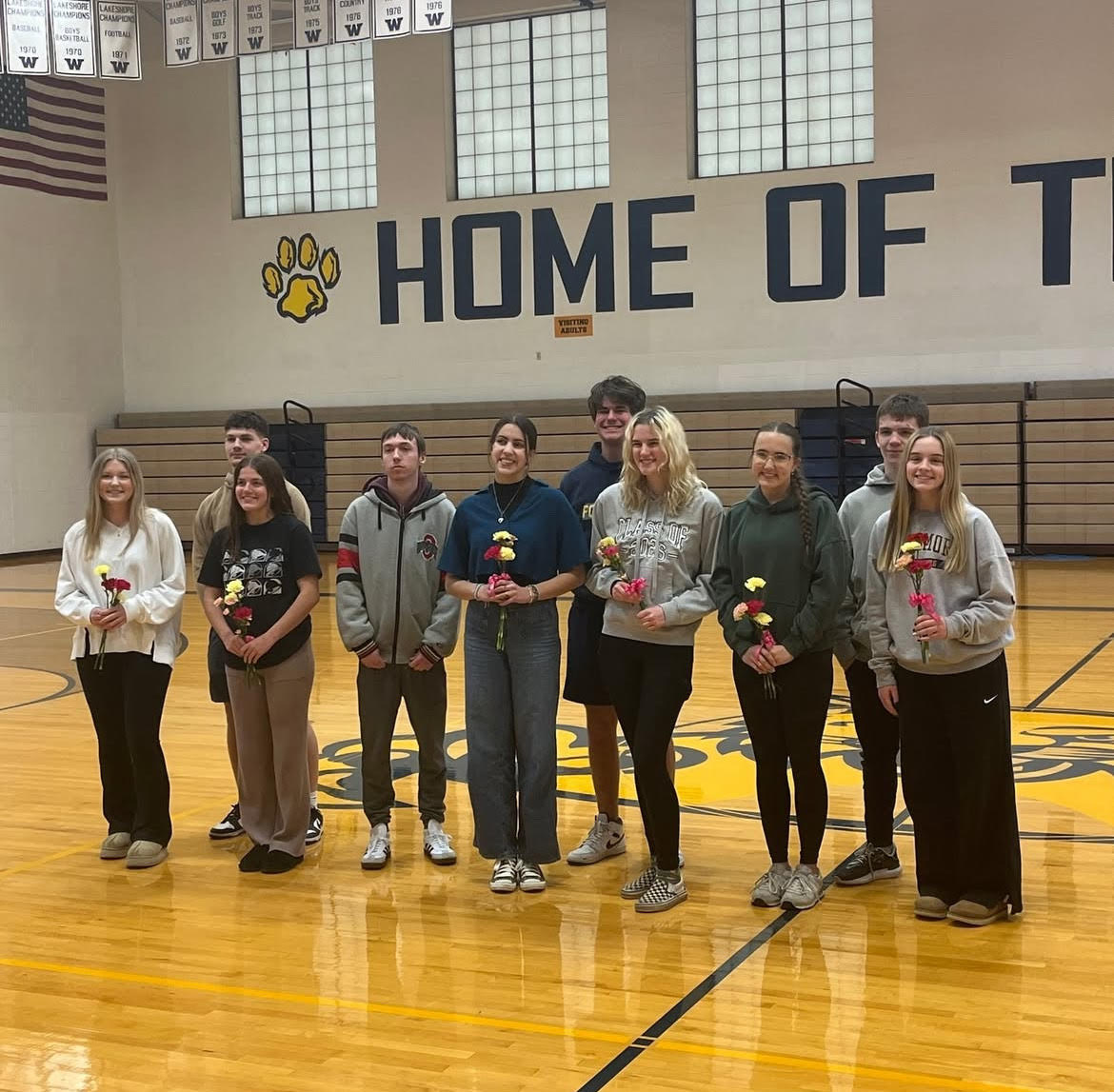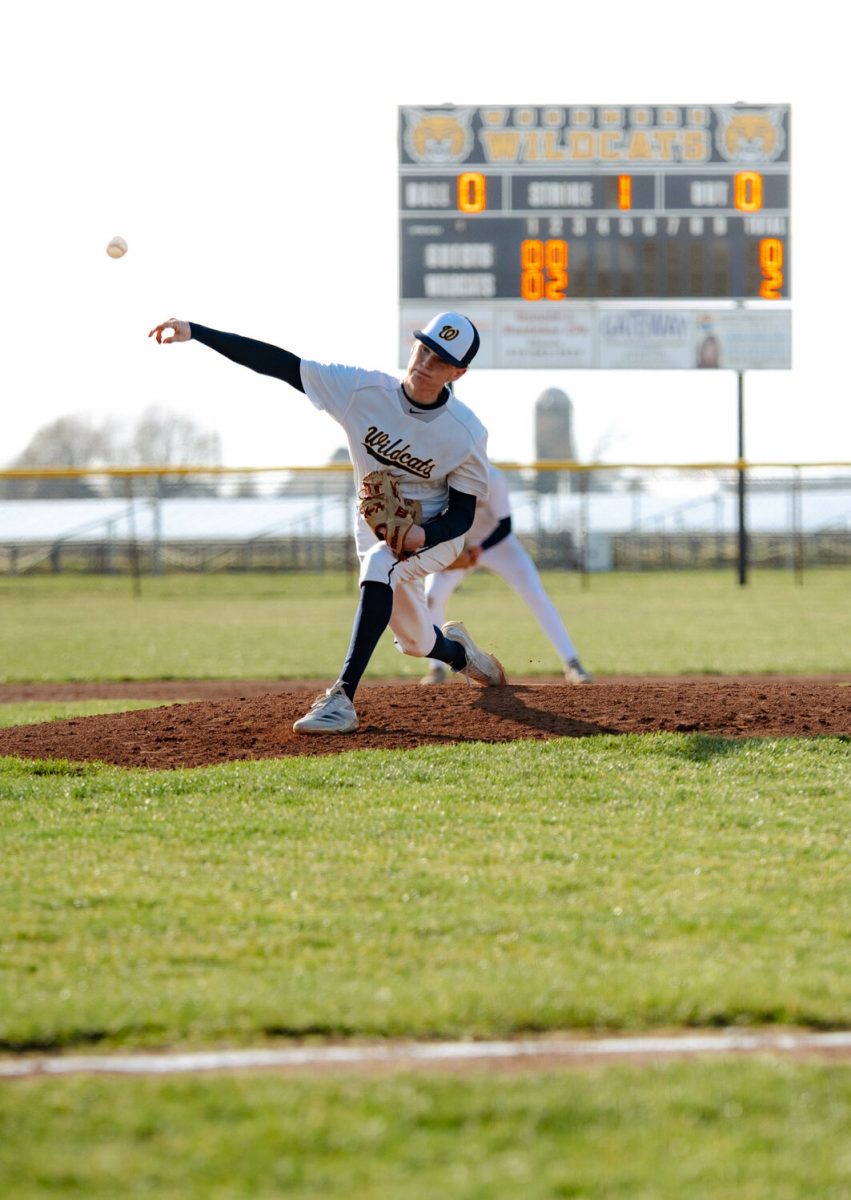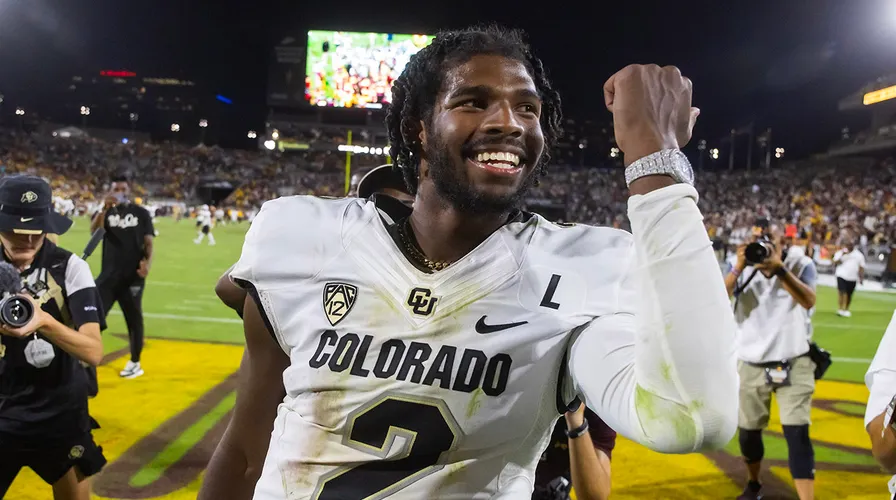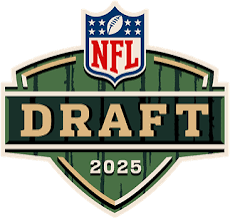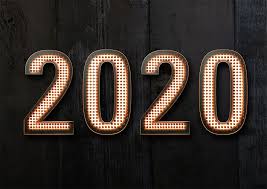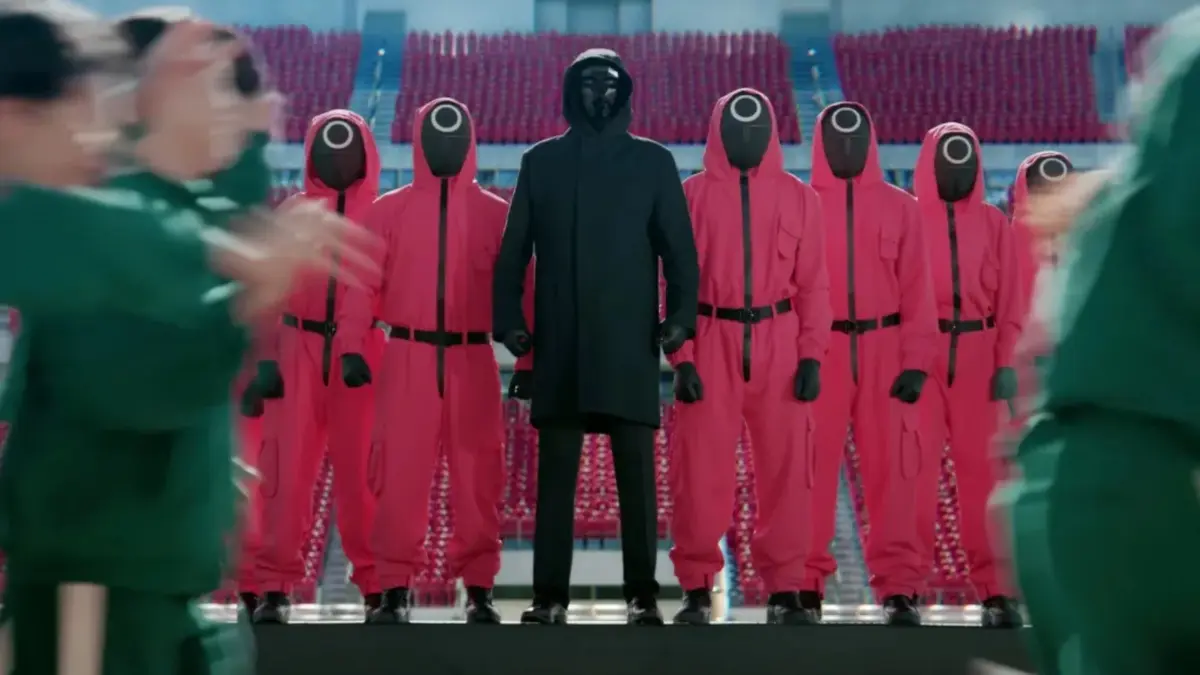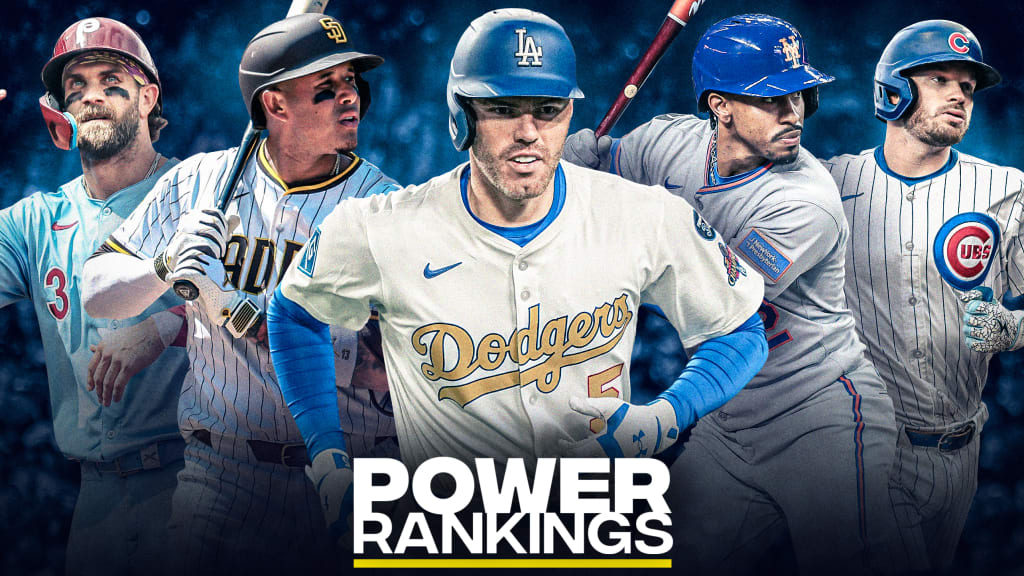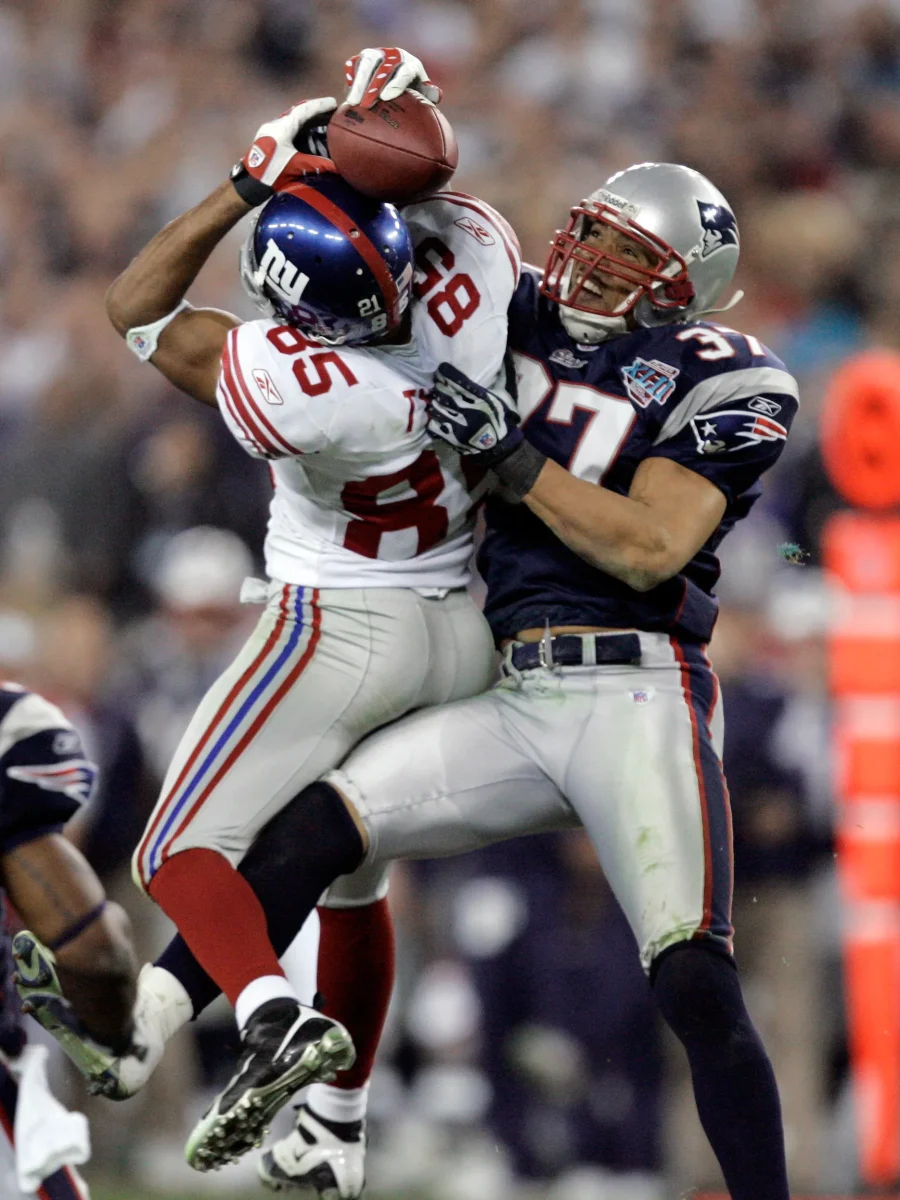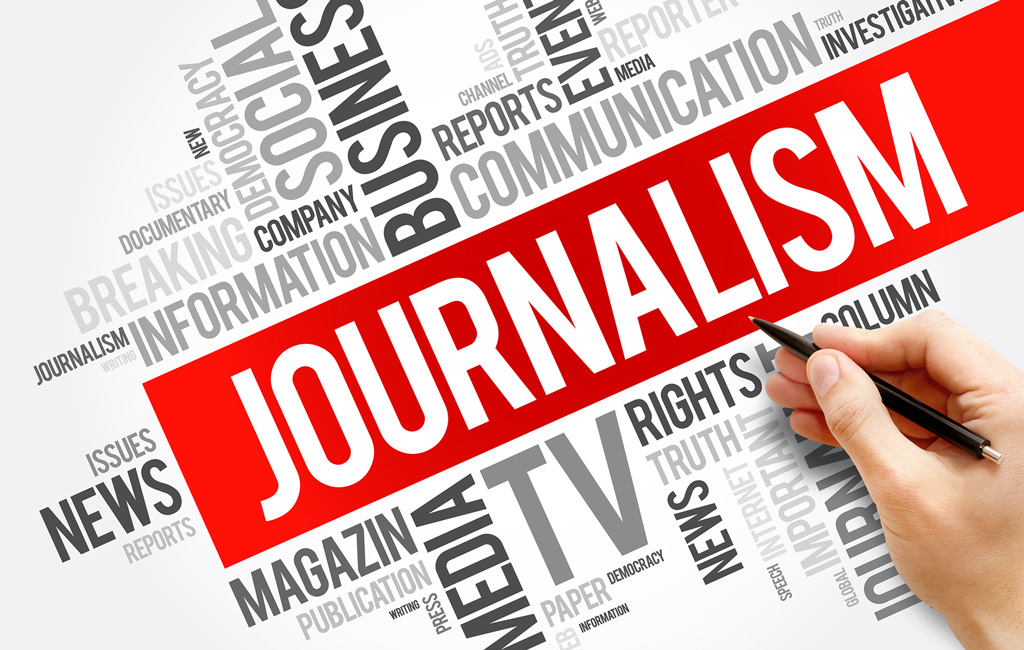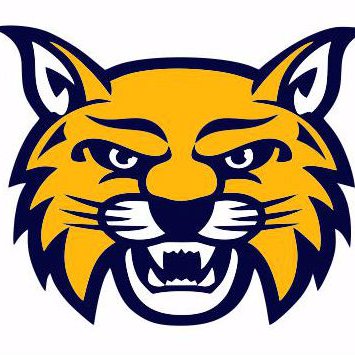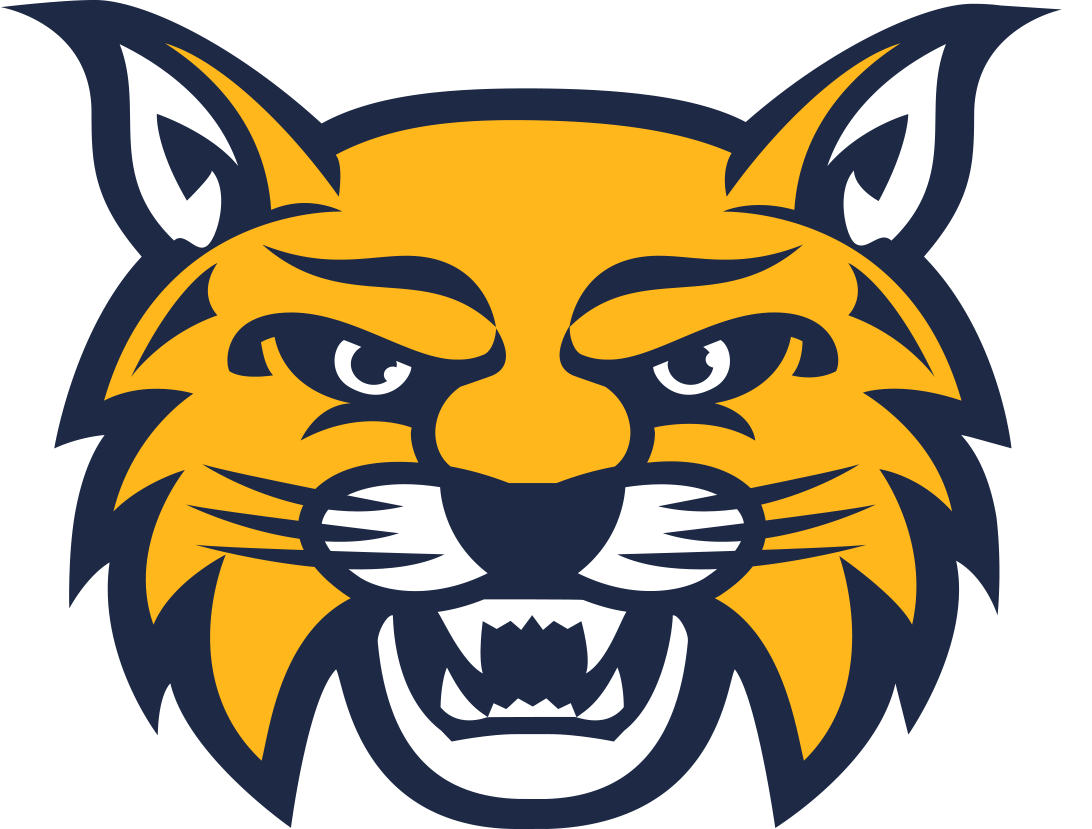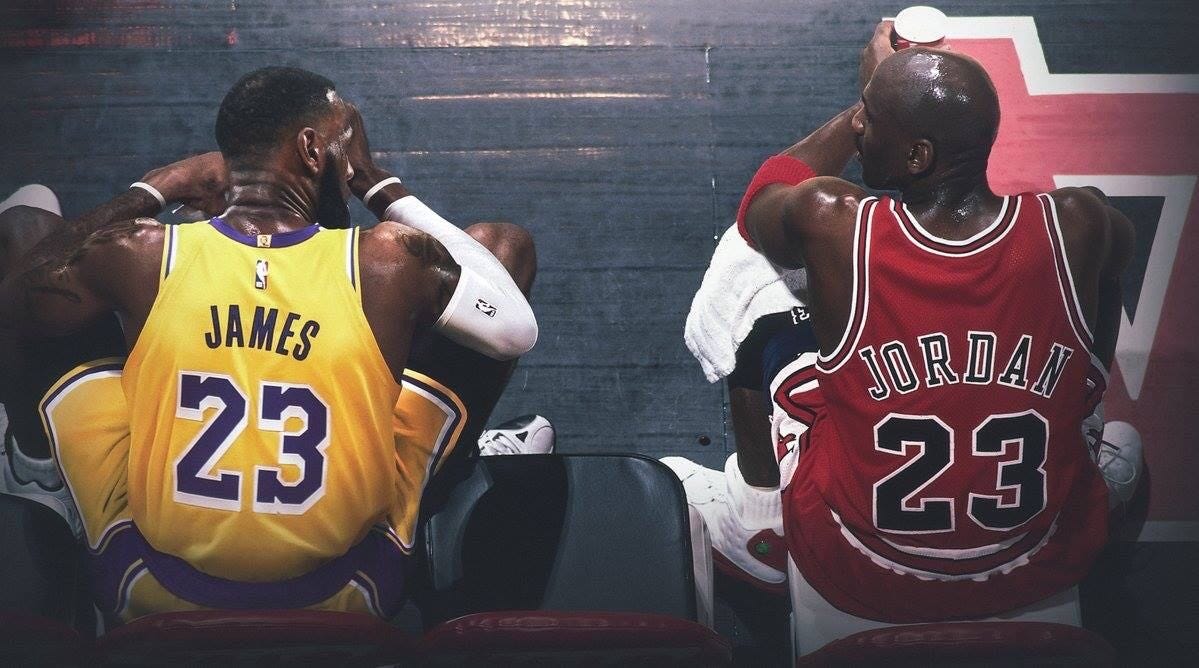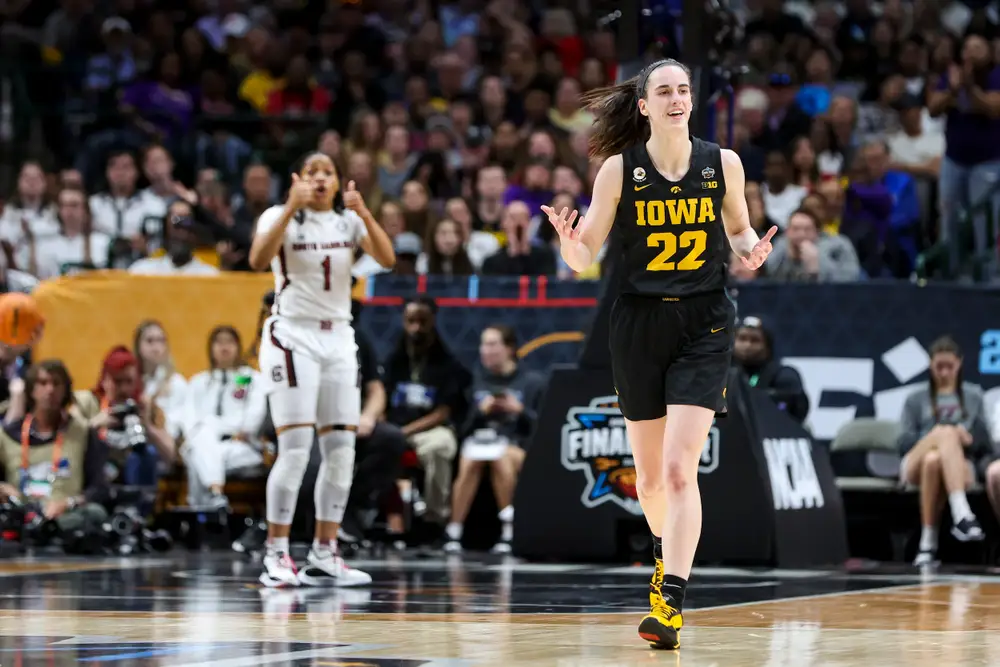Today is Part I of a four-part series of articles that will look at The Business of News and Integrity in Journalism. The purpose of this series is to look at how news media has evolved very rapidly over the last four decades and to start a conversation on why these changes have shaped and altered the national conversation on…just about everything.
Part I – How We Get Our News
How many push alerts did you get today? When you subtract things like “Great Cyber Monday Deals Still Available” or “Your Package Was Delivered” – we’re willing to go out on a limb and say it’s a lot. In fact, if you research the question online, you will find that the average American smartphone owner gets at least 40 “Breaking News” alerts a day. That may not seem like a lot to many of you. But if we were to tell you that it was not long ago that such an amount of breaking news was unheard of – you’d probably think we were talking about the days when televisions were still not standard in every home and Eisenhower was still in the White House – you’d be wrong.
For each of these articles, we have selected at least one person we know locally who is not only knowledgeable on the subject, but has insight and a background dealing with some part of the topic at hand. We didn’t have to look far for this one, as the biggest news junky we know… is our father.
We spoke with him this week and asked him to give us a quick overview of what the news cycle looked like when he was growing up (he was born in 1981) and what he thinks of how much it has changed since. Here is our conversation with him.
Isabelle: “Why have you always been so on top of what is going on with current events?”
Christopher: “My grandfather lived with us since I was five, he was a very regimented guy. He never missed the local news at 6:00 pm, or World News Tonight at 6:30 pm – and I guess I inherited his love of being in the know.”
Margaret: “So how did people get their news back then?”
Christopher: “First of all, it wasn’t that long ago. I’m only 42. Growing up there was only one cable news network, and that was CNN. Cable didn’t start becoming standard in most homes until the late 80’s or early 90’s. Most people started their day watching the morning local news, traffic, and weather. The newspaper (yes, this was before print media started to die off) you’d read either the morning paper, or the late afternoon edition or both. The main source for news aside from the paper was watching your local news at 6:00 pm and then whatever of the big three networks (ABC, CBS & NBC) for the national and world news – that was pretty much it.”
Margaret: “What was the difference between the three networks?”
Christopher: “Honestly – not much, style maybe?”
Margaret: “You mean like what slant they reported with?”
Christopher: “Not at all, in fact, the way the news was reported was a lot simpler back then. When I say “style” I mean more like their individual personalities. The big three back then were Brokaw on NBC, Rather on CBS and Jennings on ABC. Tom Brokaw was more of a historian and deadpan reporter. Dan Rather was a good old Texas boy who had a lot of “folksy” ways of reporting and was more personable. Peter Jennings was a bit more laid back in his reporting and was considered out of the three of them to be the “safe” interview – in other words, he never went for the “gotcha” moment whenever interviewing heads of state, foreign dignitaries or anyone who was making headline news at the moment. His style was very warm and welcoming, and he was the first of the big three to leave the air – he died of lung cancer I believe a few years after 9/11.”
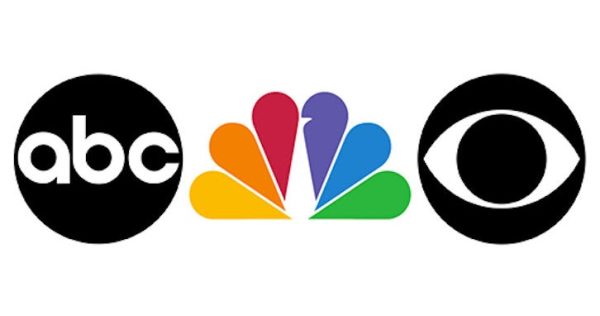
Margaret: “How did major breaking news get delivered?”
Christopher: “Because there were so few options in terms of television especially if there was something HUGE that broke, each of the three networks had their news logo and a bulletin theme that would cut into whatever was the regularly scheduled program. But it had to be something truly major for them to break in, especially to Prime Time TV.”
Isabelle: “How long did the morning, afternoon, and evening news cycle last? Or when did you really start to see it change?”
Christopher: “There were a handful of major news events starting probably with the fall of The Berlin Wall, where hunger for that instant breaking news started becoming more popular. The first Gulf War is what brought CNN into more homes than it had ever been in prior to that. It was the first time in US History that the American people saw a war unfold live before our eyes. I was in fourth grade at the time, and we had been told that this war had the possibility to turn into WWIII – that was scary as hell for a kid in a small apple-farming community. My grandfather had served in Korea and Vietnam, and having his take on what was going on was very enlightening. But the projections were wrong – it didn’t last years and years, and luckily, we avoided the worst-case scenario. But looking back – that is the moment when how news was going to be broadcast to us was never going to be the same. And June 17, 1994, came and the world was never the same.”
Isabelle: “Was that OJ?”
Christopher: “Yup – the “high-speed Bronco chase” happened right in the middle of Game 5 of the NBA Finals – Knicks/Rockets. One minute we were watching the game and the next everyone who was at my grandfather’s birthday party at my aunt’s house was crammed in the living room with their jaws dropped. Every network broke in. At first, I couldn’t understand what the big deal was about the guy from the rental car commercials and the Naked Gun Movies going like 30 MPH in a white Bronco was so riveting – but I didn’t know him as USC All-American Running Back, one of the greatest running backs in NFL History (first ever to rush for 2000 yards in a single season), and an all-round legend and American Hero. I learned quickly as did most people my age just how big of a deal this was about to become.”
Margaret: “I know we could dedicate an entire series to the trial, but in a nutshell – what was it like?”
Christopher: “It was insane – for well over a year it completely took over everyday life. CNN covered every part of it from gavel to gavel. Everything about the people involved was sensational from the lawyers to the witnesses and experts, the many theories about what could have happened, the conversation it started about race in this country, and of course it was the first time we were talking about domestic violence on a national level without sanitizing it. Everyone you talked to had very strong opinions about all of it – and some of the things people would say were CRAZY!”
Margaret: “Where were you when the verdict was read?
Christopher: “I was in Catholic High School at the time. Originally the school was not going to show the verdict for fear of reactions from the melting pot that was our student body. But enough parents convinced the school that this was going to be a “where were you when” moment in US History, so they broadcast it to every room in the building. I was in Mrs. Hansen’s Earth Science classroom for the last period of the day. When the verdict was read all you heard echoing throughout the building was either “WHAT???” or “YES!!!”.
Isabelle: “After that, what was the next major shift in news?”
Christopher: “The trial gave way to the very fast rise of 24/7 Cable News Networks. By the end of the decade, you had more people watching CNN, MSNBC and FOX then what were getting their news from the Big 3. After OJ, we had the Clinton Lewinsky Scandal that took OJ and kicked it up like 20 notches. We no sooner got done dealing with that, then we had the 2000 Presidential Election that wasn’t decided until a full five or six weeks after Election Day. Between OJ and the election, that was when the cable news networks started hiring “experts and analysts” to basically tell you what they just reported meant. All of a sudden, every network had Legal Experts, Election Law experts, Supreme Court Experts – pretty much whatever the major news was – they had a full panel to tell you what was what.
Margaret: “How did 9/11 really change things?”
Christopher: “That’s the moment in my life that was probably the JFK Assassination moment that my parents and grandparents’ generations experienced. The world just seemed to stop around us. We stood there watching our TV’s not being able to believe what we were seeing. Then the second tower fell, and no one was talking, even the anchors of the morning news shows that were now covering this live were left mostly speechless.”
Margaret: “Where were you at the time?”
Christopher: “I was working for Xerox. I had been on the road so much that I needed a new badge to get in, so I had to ring my admin. When she opened the main door, she looked flush and asked if I had heard that the first tower had been hit by a plane. I had no idea – I had been listening to a CD in my car on the way in.”
Isabelle: “What were the long-term effects of reporting?”
Christopher: “Some were small, like before 9/11 that slow crawl of news at the bottom of the screen only happened when huge news broke. Now it’s on every news channel all the time. Given that the country was still really divided over the fallout of the 2000 Election, we all banded together at first, but probably because we had a common enemy and none of us had ever lived through something like this before. News started to get a lot more sensationalized because there was so much to play on – our fear of another attack, the why behind it all, what we were going to do moving forward and how long would it be before life got back to normal. The truth is it never did. A Post 9/11 world was our new normal – sort of like what COVID did.”
Isabelle: “So that brings up a good point – when did news start to become more directed at a specific group? Like when did news networks start catering to their “base” audience?
Christopher: “It had been slowly moving in that direction since the Clinton ordeal. The 2000 Election really moved the needle a lot, and then we were attacked, we went to war, and everybody was suddenly an expert – kind of like what social media represents now.”
Margaret: “So was that the next big change in how we got our news?”
Christopher: “For the most part yes. You have to remember the first “smart” phones didn’t come out till 2007. The internet had already been a thing, but a lot of people were still skeptical about what information you could trust and what was fake. The first major Internet-based news outlets were things like The Drudge Report, The Huffington Post, and TMZ – outlets that were finding their way in this new era of journalism where the old standards of doing things didn’t always apply to them – or at least that’s what they told us.”
Isabelle: “How quickly did Social Media change news delivery?”
Christopher: “Now looking back it seems like it was overnight. The truth is, one day when something like Facebook launched, it was people posting stupid pictures of their cats or their morning Starbucks. But when more outlets launched and anyone, anywhere could now “Post” their thoughts, feelings, and “expert opinions” to the world – things started to move rapidly. The 2016 election was the biggest spotlight in terms of Social Media’s impact on how people were being informed, or as we now know “misinformed”. Because we had been given more digestible versions of the news for about ten years, more and more people were not bothering to check what was the source of the article, was it a reliable outlet? We had more technology and capabilities than ever before, and it was like it was turning against us – and you haven’t even mentioned AI yet.

Margaret: “Do you think it can be fixed?”
Christopher: “It’s really not a matter of fixing it, as much as it is how much is too much for the majority of the American Public. We live in a world that is non-stop complete saturation of news – of all sorts. When I get push alerts from some very old-school news outlets, I am sometimes dumbfounded that they would even report on such garbage sometimes. Things that used to be left to tabloids you’d buy in line at the grocery store were now headline news. A lot of it also has to do with the fact that you can not only get the news but the version of the news you WANT to hear based on your demographic from many different sources, in all types of media.
Margaret: “Do you think we’re better or worse off?”
Christopher: “The more we know about each other the more likely it is that we are supposed to understand and become informed – at least that’s what we were taught in school in the late 80’s and early 90’s. Back then there weren’t panel shows and analysts on every station – if you wanted that you watched the Political News Shows on Sunday morning. I think if you look at a lot of the numbers on depression and anxiety now, and how they have skyrocketed in the last twenty years, it’s not that the world has become a much more dangerous place than it ever was before – it’s always been a crazy world. Now we are just surrounded by it all the time – with no break. No matter what you feel about COVID, I guarantee you it would have been thought about and dealt with in a totally different way if it had happened thirty or forty years ago. The solutions are all out there – just open a history book.”
We thank Christopher (father) for his insight into this topic. The way we get our news has changed rapidly in a short amount of time, and many of us do not even realize it. We have become so consumed by it, and now it is second nature. It’s not just about how many push alerts you get every day, or how often you check your notifications. It’s the fact that this country went from minimal channels and news broadcasts to twenty-four-hour around-the-clock updates with the click of a button. Isn’t that bizarre? When you stop to think about it, how much good has this actually done?
Thank you for reading, please tune into our next article in the series: Sports Media
Christopher Bush is an experienced global trainer, quality manager and is certified in the Adult Learning Method. In addition to being a Lean Six Sigma Yellow Belt, he has also worked extensively in the Musical Theater as an actor, producer & director. He has written on topics ranging from politics, to US History, entertainment and public profiles. He currently lives in Elmore with his wife April of twenty years, and their three daughters.






